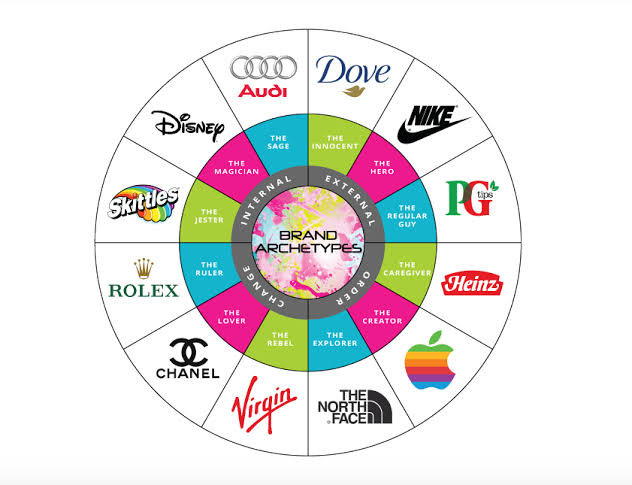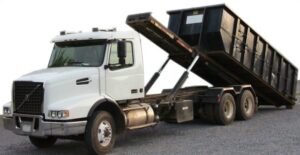Small Company Model Archetypes – How exactly to Discover Yours

Brand archetypes have been something utilized by large businesses. They let a business quickly talk with their clients and never having to enter the whole history every time. As an example, the Volkswagen Beetle uses the “Innocent” archetype to ensure that each time they create a new advertising, you recall their story and each ad may build on the last. Every time, they offer you an image of playful, simple enjoyment so that you come to expect that picture inside their advertising.
Until now, however, model archetypes have already been significantly trickier for little organizations to use. That’s because most of the archetypes used need one of two things not usually available to little companies:
Large advertising budgets; and
Big groups
For instance, among the more popular big organization archetypes may be the Caretaker. But, this archetype suggests you’n require a huge customer care staff. (Otherwise, you’re offering the idea of “we’ll continually be here when you need us,” but just giving “customer service from 9-5 local time.” That kind of remove effects in disappointed customers.)
This means that little corporations require specialized company archetypes selected to meet up the initial wants of the little business–archetypes that function even although you have a tiny staff and confined resources. Thankfully, you can find five archetypes that aren’t just offered to small company homeowners, but usually are more strong in the arms of small businesses.
But, before I reveal those five archetypes , there’s still another trouble with the original archetype techniques on the market that we must address. Standard model archetype methods are… esoteric to express the least.
It’s difficult to understand precisely how to portray your business whilst the Caretaker or the Innocent. What does which means that exactly? So how exactly does a company that’s a Caretaker create messages? Style an internet site?
The reason why these labels work for major organizations is that they have whole teams in charge of creating these decisions and assessments. They have in-house staff dedicated to personalisation and outside companies devoted to branding. That’s plenty of heads committed to at least one issue meaning it’s simpler in order for them to use a tag that’s sort of tricky to connect to.
Read Also: How will you improve your reputation with the help of Netreputation?
Small businesses don’t have that luxury. Which means we need to make archetyp market more available in order that it’s simple to make choices with a tiny team (or all on your own own).
That’s why I’ve coordinated these archetypes to gold monitor actresses. It’s straightforward, as an example, the kind of web site Elizabeth Taylor may have. It’s easy to think about the sort of mail Judy Garland may write.
The five archetypes that perform remarkably for little corporations are:
Elizabeth Taylor: For companies that deliver a deluxe experience.
Katharine Hepburn: For companies which can be irreverent and aren’t afraid of engaging in trouble.
Audrey Hepburn: For firms that prioritize associations and honesty.
Judy Garland: For businesses which are all about discovery and guiding their clients on a journey.
Edith Head: For companies that create mysterious benefits that convert their customers’ lives.
Which one of these simple archetypes is yours? Take the model archetype quiz to get out.
Now you learn about how big companies use model archetypes and how small corporations will get the exact same major benefits using archetypes custom designed to them. The next step is to take the quiz and learn your archetype for yourself.




